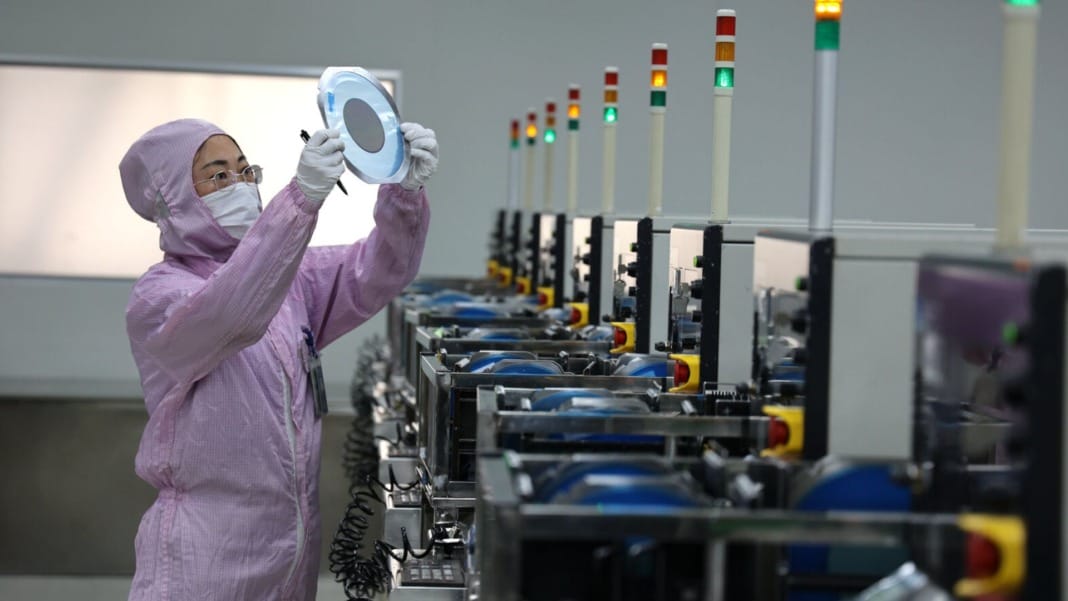China’s domestic semiconductor industry is expected to benefit from a new anti-dumping investigation launched against US analogue chipmakers, marking the latest escalation in the ongoing technology dispute between Beijing and Washington.
China investigates falling chip prices
The Ministry of Commerce announced on 14 September that it had opened an anti-dumping probe into imports of mature mode integrated circuit (IC) chips from the United States. The ministry reported that the import volume of these chips rose by 37 per cent between 2022 and 2024, while average prices dropped by 52 per cent over the same period. Officials said the fall in prices had “lowered and suppressed the sales prices of domestic products”.
The probe was launched just before a scheduled meeting between Chinese and US delegations in Spain on 15 September, underscoring the political and economic tensions between the two countries. The investigation is expected to last for at least one year.
Industry analysts believe the move will affect major US analogue chipmakers such as Texas Instruments and Analogue Devices. At the same time, it is likely to boost demand for products from Chinese rivals that specialise in analogue chip design.
Domestic firms set to gain market share
Zhang Guobin, founder of the Chinese semiconductor industry website eetrend.com, said local firms such as Silergy, SGMicro, Southchip Semiconductor Technology, Joulwatt Technology and Novosense Microelectronics are well-positioned to benefit from the investigation. “The investigation is expected to create a healthier development environment for domestic analogue chipmakers,” Zhang explained.
Most Chinese analogue chip companies are fabless, meaning they focus on chip design rather than manufacturing. Unlike integrated device manufacturers in the US, which manage design, production and sales under one roof, these Chinese firms rely on external foundries for fabrication. This model has often left them under pressure to keep costs low to remain competitive. The government’s probe may give them some relief by reducing the pricing pressure caused by low-cost imports.
Rising demand for analogue chips
Analogue chips are critical components of integrated circuits, converting real-world signals such as sound, light and temperature into digital information. They accounted for about 15% of the global semiconductor market in 2024, according to World Semiconductor Trade Statistics and Frost & Sullivan. These chips are typically built on mature process nodes ranging from 90 nm to 300nm, due to cost considerations and performance requirements such as low noise.
China has become the world’s largest consumer of analogue chips, with demand rising rapidly thanks to emerging technologies. Applications such as electric vehicles, 5G networks and the Internet of Things have driven growth in recent years, according to research by the Chinese institute Chyxx.
A separate report published in May by research firm Mordor Intelligence estimated that China’s analogue chip market would reach US$44 billion in 2025. The sector is forecast to grow at a compound annual rate of 8.3 per cent over the next five years, fuelled by increased cloud adoption, wider access to high-speed connectivity and the spread of connected devices.
As the anti-dumping probe progresses, industry experts expect China’s legacy chipmakers to play a larger role in meeting domestic demand, potentially reshaping the competitive landscape for analogue semiconductors in the country.





